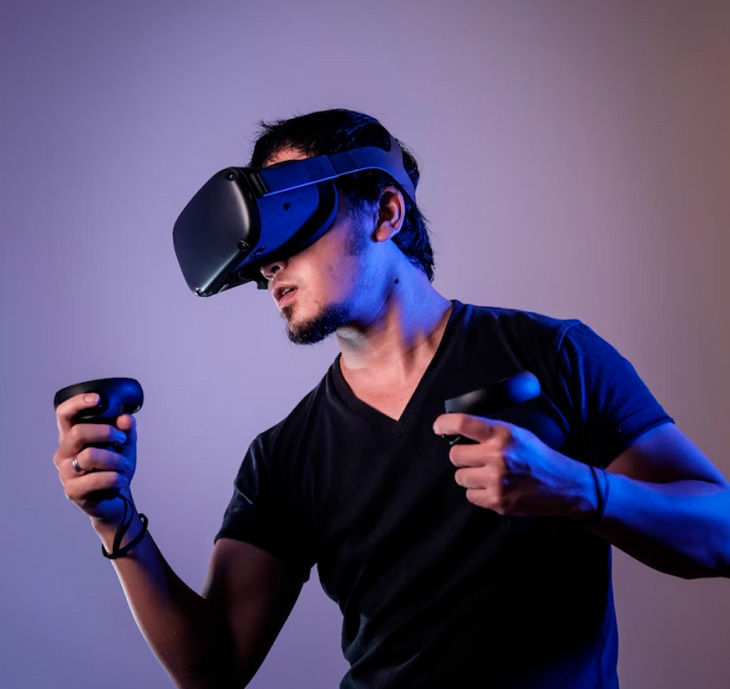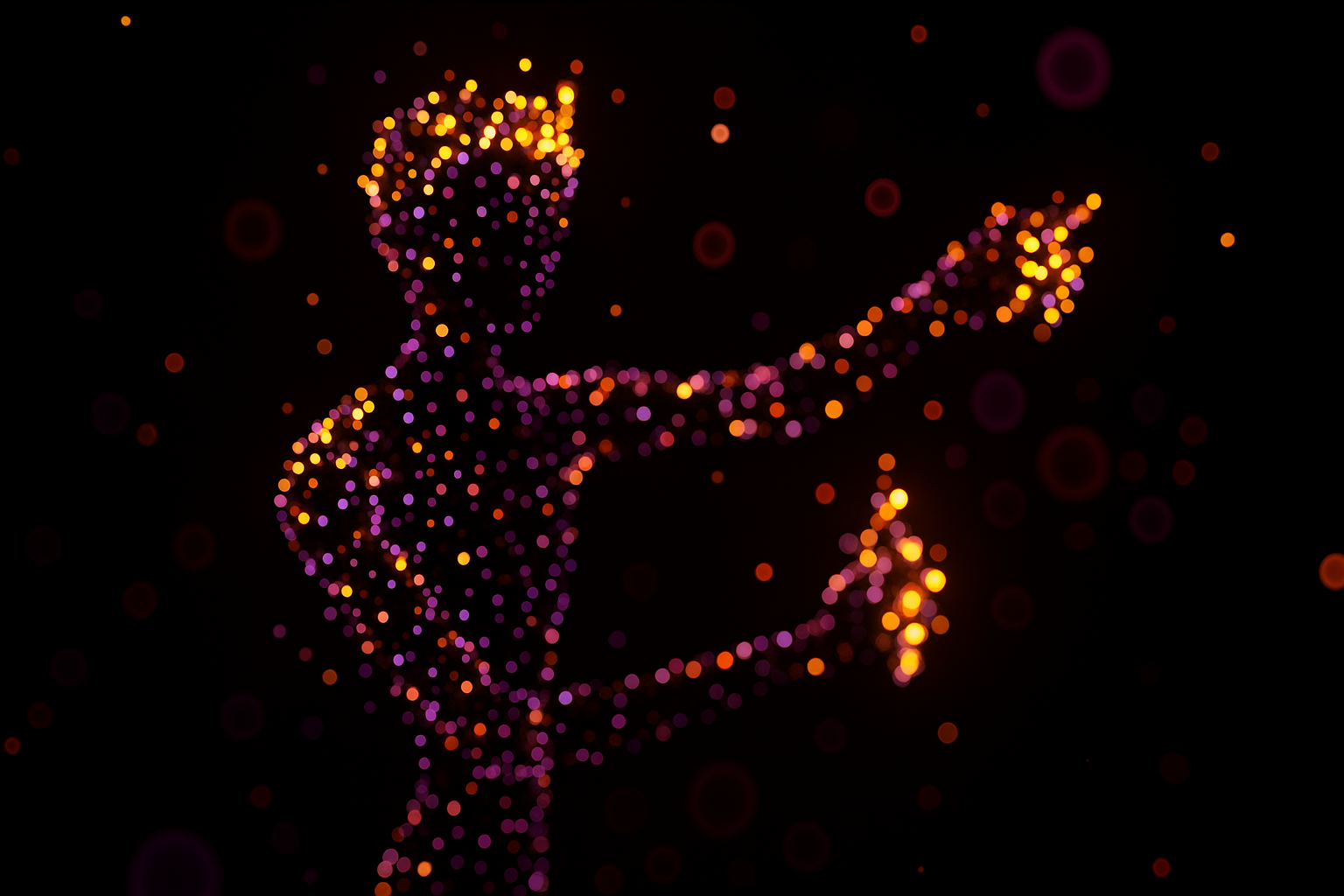At Kiin, our mission is to create a more inclusive society, using cutting edge technology that changes us for the better. To achieve this aim, we create virtual reality scenarios that are expertly crafted to provide transparent, easy, and measurable training to reduce biases in the workplace and in our everyday lives.
While we believe that our diversity and inclusion training has the power to scale and extend across all companies and industries, we also recognize that we would benefit from targeting certain sectors first so that we can make the most impact on society as soon as possible. For us, the healthcare industry is of utmost importance because, quite simply, each of our lives depend on the quality of care that we receive. And, currently, this quality of care is inconsistent and unequal. For example, black women with breast cancer are 67% more likely to die from the disease than white women. Similarly, in clinical trials, certain groups are underrepresented, even in trials targeted at diseases that disproportionately affect their communities (prostate cancer, diabetes, etc.).
According to the World Health Organization (WHO), “in all countries – whether low-, middle- or high-income – there are wide disparities in the health status of different social groups. The lower an individual’s socio-economic position, the higher their risk of poor health.” The statistics are alarming and there is no biological or genetic reason for most of the differences.

Understanding that inequities in our health systems persist, at Kiin we are leveraging our virtual reality technology and our expertise to change behaviours and boost diversity and inclusion across the healthcare industry: from clinical trials and company boardrooms to direct patient service in hospitals.
Our focus on healthcare is not entirely new, as our founders have implemented technology since. The best healthcare is based on proven science and research, which is very familiar to our core. Our founding team has published more than 500 virtual reality and medical papers since they began working with virtual reality. With Mel Slater as our Chief Scientific Officer, Mavi Sanchez-Vives as our Chief Medical Officer, and Bernhard Spanlang as Chief Technical Officer, our co-founders’ titles speak for themselves and our history of working in the nexus of tech, medicine, and science. In fact, since our company’s founding, we have published 15 peer-reviewed scientific studies on implicit learning in virtual reality and, in the last three years, we have won 5 grants for scientific research and platform development. Even our offices are located in the Barcelona Health Hub, located in the beautiful and historic Recinte Modernista de Sant Pau.
Moreover, since our founding, our products have tackled multiple health challenges, whether physical or mental. One of our first products and patented-technologies, i-Cortex, facilitates the neurological and physical rehabilitation of individuals who have experienced a wide range of traumas ranging from chronic pain management to stroke. This technology supports hospitals, patients, and caregivers by speeding up and easing the rehabilitation process. On the other hand, ConVRself provides mental health services by allowing its users to see and hear themselves and explain their problems from a third person perspective. By embodying our own therapists, we provide advice to ourselves as we would to a friend.
In 2021, we won a new patent that will increase the effectiveness of our methods. Already, our embodiment method creates experiences that are impossible to replicate in real life, leveraging illusion and neuroscience to shift perspectives. Specifically, embodiment induces an illusion of ownership and agency over the virtual body, which has proved to more broadly influence physiology, behaviour, attitudes and cognition. Now, our new patent will allow us to use devices that send signals throughout our bodies, affecting our physiological states while using virtual reality. Thus, we will not only experience embodiment but also experience a real increase in heart rate, for example, when embodying an underrepresented person that is undergoing a stressful scenario. This innovation will be applied to our various products to increase their effectiveness and, in the long run, create lasting, positive change in the behaviour of anyone who regularly uses our applications.
Our DiVRse product will incorporate this patented technology and will be applied across the healthcare industry to train providers and employees how to address their biases and provide more well-rounded care to patients, whether that be through direct service or indirectly when, for example, pharmaceutical companies recruit participants for trials. Plus, virtual reality is already being incorporated in healthcare education. A 2019 Harvard Business Review study demonstrated that VR-trained surgeons had a 230% boost in their overall performance and were faster and more accurate in performing surgical procedures compared to traditionally-trained surgeons. Furthermore, according to Med Tech News, when facing the COVID-19 pandemic, hospitals and universities rushed to implement VR applications to train professionals, to perform surgery, or to provide medical education remotely.
Clearly, health educators are already learning about virtual reality’s abilities and, as a result, they are implementing the technology to teach providers how to better perform surgeries and interact with patients. With headsets already in stock, adopting virtual reality solutions to solve specific issues, such as for Diversity & Inclusion, becomes more simple. Together, we will push so that all areas of healthcare, from board rooms to waiting rooms, become more diverse and inclusive places, reducing gaps in inequality and combating systemic racism in our health systems.
Do you work in the healthcare industry? We would love to hear from you about your unique challenges and hopes for diversity, equity, and inclusion. Please contact us.






